
A worker oversees production at a plant of HBIS Group Hansteel Co in Handan in North China's Hebei province. (Photo/Xinhua)
Earnings of China's major industrial firms shrank in the first 10 months, putting pressure on policymakers to step up policy support for sectors hurt by COVID-19 outbreaks and weak factory-gate prices.
Despite facing pressures and challenges amid renewed COVID-19 outbreaks and slackening domestic and external demand, the economy may recover slowly and gradually in the following months given the government's targeted macro policy easing, economists and analysts said.
They said the country still has sufficient policy tools and room to step up fiscal and monetary policy support to stabilize growth, including forceful infrastructure spending, further reductions in the reserve requirement ratio, and interest rate cuts.
Data from the National Bureau of Statistics showed on Sunday that industrial firms' profits fell 3 percent year-on-year to about 6.98 trillion yuan ($974 billion) for the January-October period, widening from the 2.3 percent drop recorded in the first nine months of the year.
Zhu Hong, a senior statistician with the bureau, said industrial profits were weighed down by renewed domestic COVID cases and weak factory-gate prices.
In October, China's value-added industrial output grew 5 percent from a year earlier, while factory-gate inflation declined by 1.3 percent year-on-year.
Zhou Maohua, an analyst at China Everbright Bank, said the structure of corporate profitability has improved with the government's solid steps to ensure stable supplies and prices, and increase financial support for manufacturing.
During the first 10 months, profits recorded by firms supplying electricity, heat, gas and water grew by 15.5 percent after a 4.9 percent rise in the first nine months, while profits of equipment manufacturing enterprises rose by 3.2 percent on a yearly basis in the first 10 months after the 0.6 increase in the first nine months.
Lou Feipeng, a senior economist at the Postal Savings Bank of China, said the economy will likely improve in the fourth quarter with the government's stimulus policy measures taking effect gradually, despite pressure and challenges.
Citing the latest announcement by the People's Bank of China, the country's central bank, to cut the reserve requirement ratio for banks, Lou said it marks a key move to boost financing of the real economy and he expects to see stronger policy support to stabilize growth and expand domestic demand.
The central bank announced on Friday that it would cut the RRR for financial institutions by 0.25 percentage point on Dec 5, which will release about 500 billion yuan in long-term funds.
Lu Ting, chief China economist at Nomura, said the size and timing of this cut are largely in line with market expectations after the State Council's mentioning of using a RRR cut to bolster the economy, and is yet another policy move amid financial regulators' campaign to stabilize the property sector.
Lloyd Chan, senior economist at Oxford Economics think tank, said China's targeted macro policy easing and infrastructure spending, with a moderation of some COVID measures and more support for the property sector will help underpin the economic rebound in the following months, and his team expects China's economy will continue to recover into 2023.
Looking ahead, Luo Zhiheng, chief economist at Yuekai Securities, said the government needs to step up fiscal and monetary policy support for the economy, with a key focus on forceful infrastructure spending, further tax and fee reductions, and stronger financial support for infrastructure construction and manufacturing.









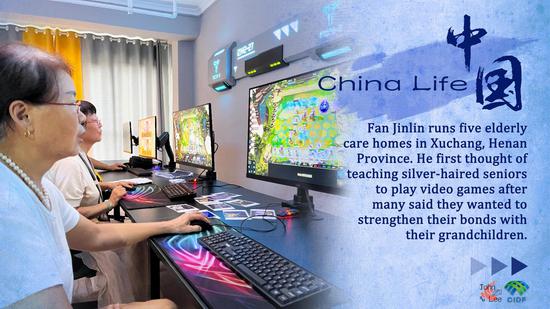


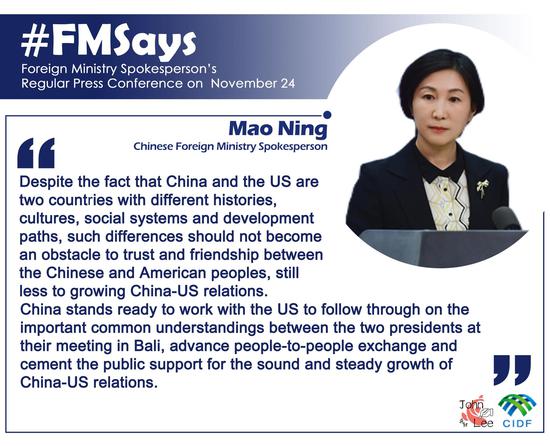






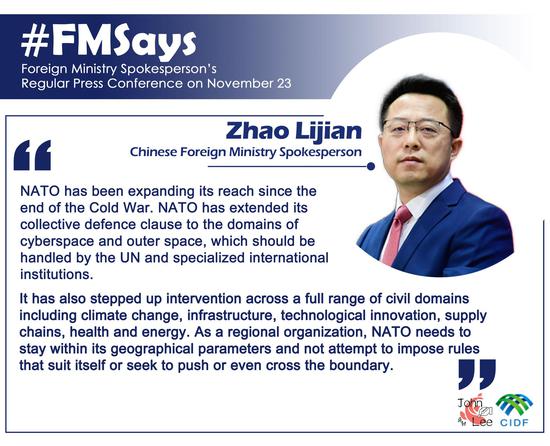

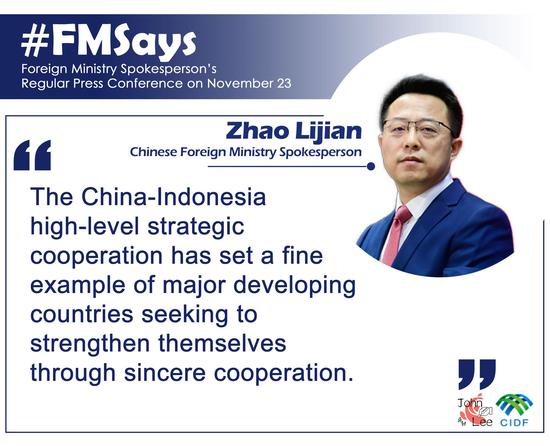
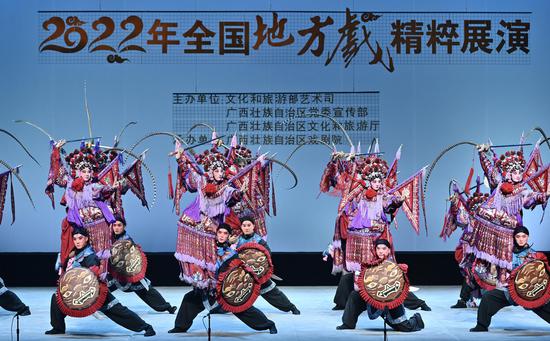




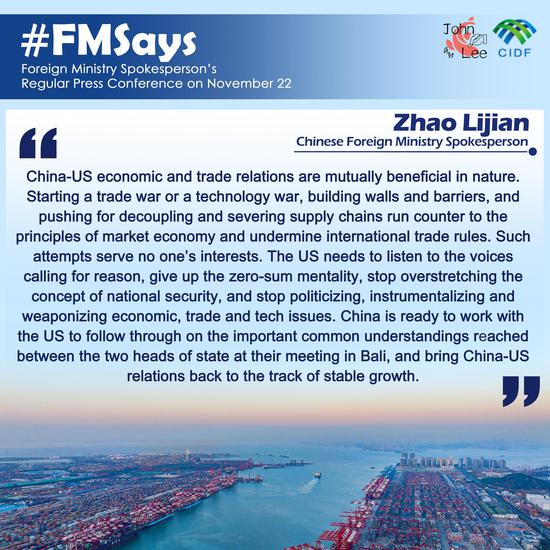
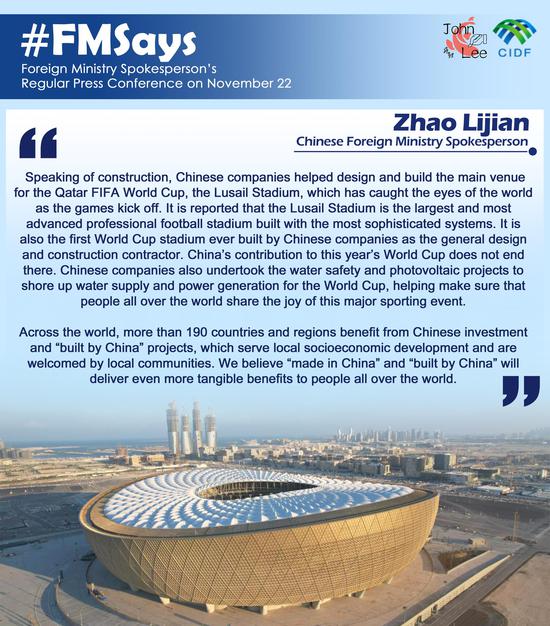
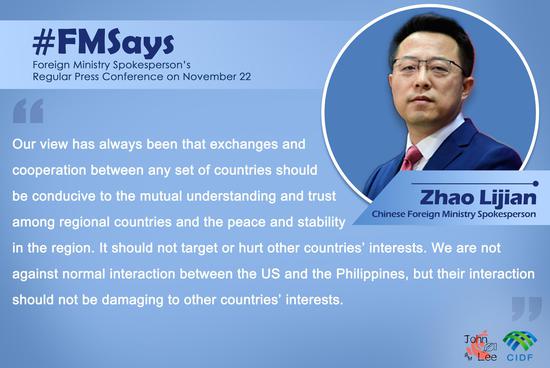




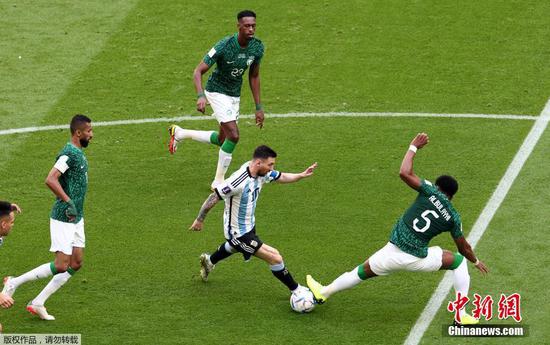
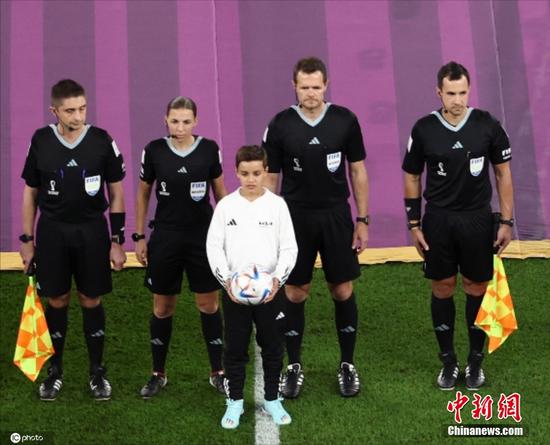








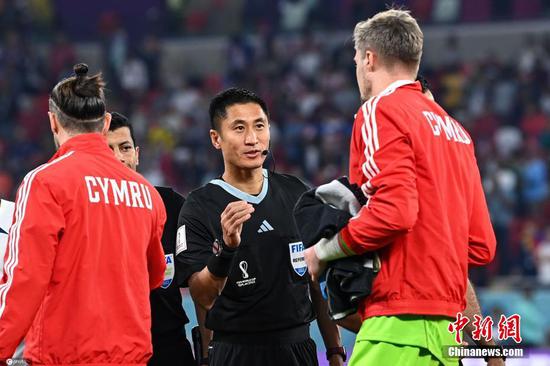

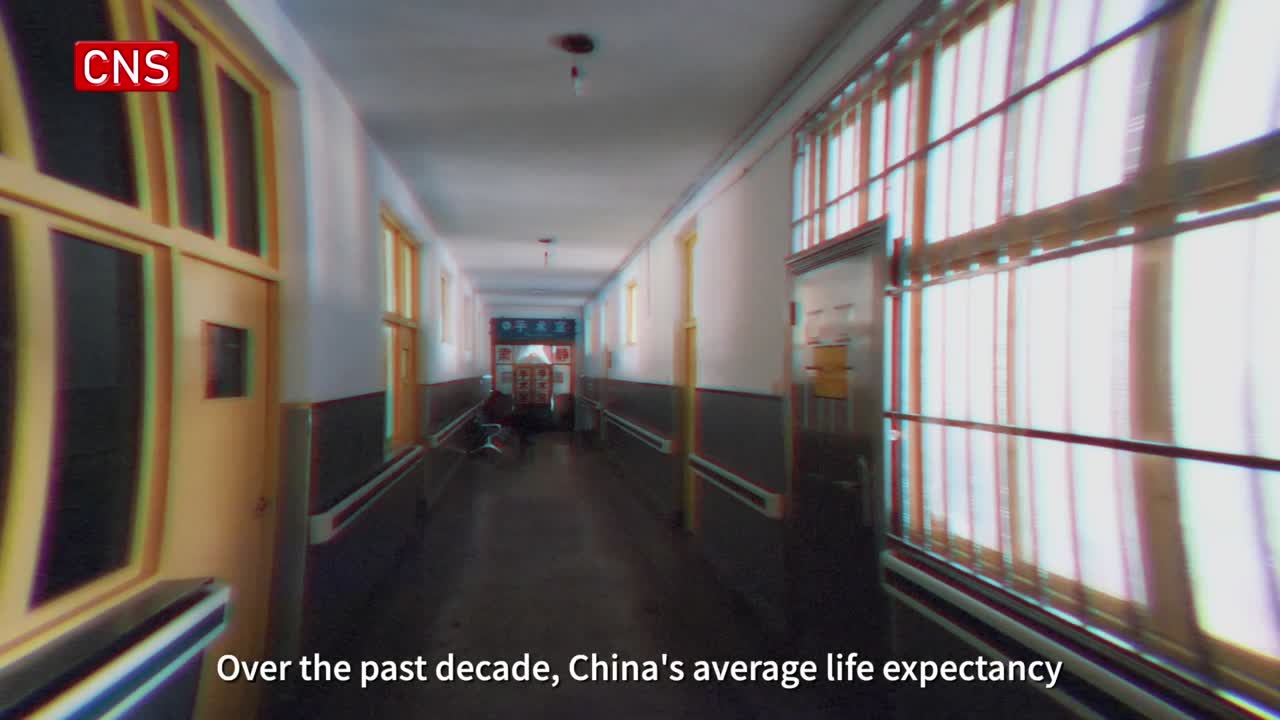



 京公网安备 11010202009201号
京公网安备 11010202009201号